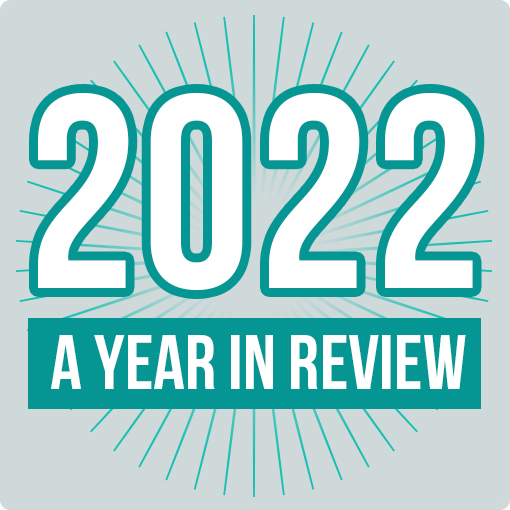A few months back I was involved in an online client campaign that generated over a million dollars in new revenue over a three-week period. It was such a success that I’m not allowed to mention who they are or what the campaign was but suffice to say it went off.
The startling thing for me was how the simple things the team did made such a big difference to the overall success of the campaign. I can’t share them all but here are the four that are for public consumption – check them out.
Firstly, time was properly allocated into producing a clear plan that everyone could follow. This process involved everyone it needed to – and had as its output a very simple MS Word document that everyone could understand (not a convoluted MS Project document). There were regular meetings as the campaign progressed and this same document was updated for all to see and follow. No fancy technology here – just a commitment to document the start and ongoing activities.
Secondly, the time allocated for planning was well spent. Instead of focusing on the technology to choose or the creative angles to follow, we dissected in detail the key decision points – or stages – the prospect had to pass through to become a customer. In this case there were a few – it wasn’t a simple case of visiting a web page and handing over a credit card. Each decision stage was thrashed out with regards to understanding how best to convince the prospect to move along to the next part of the sales process.
Then the group matched the message for each stage to the media most likely to succeed at delivering it. In the end we had five media choices running – web, email, direct mail, phone and direct sales. The personal touch was not lost. As not all prospects were expected to complete all the stages to become a customer online, outbound calling was performed by experienced sales people who were: a) briefed on the campaign and its goals; b) provided with full details of the prospects they were calling; and c) told the exact stage the prospect was at.
Finally, a strong website analytics tool allowed us to make decisions on how to further tune the campaign to boost results. For instance, knowing actual conversion statistics linked to inbound traffic streams allowed us to pick and choose which additional promotional channels gave us the best cost per conversion to allocate further promotional budget as the campaign progressed. Plus, by using tools like this, we ensured that there were enough data collected about the campaign to make its second incarnation even better.
It may all sound quite a complex affair but I can assure you that if allowed I could map out the process with all its sales stages on a whiteboard in less than three minutes. So why not take these same four stages as a guide to what you should cover with your next campaign – I can’t guarantee a seven figure response but your chances of success will improve.


